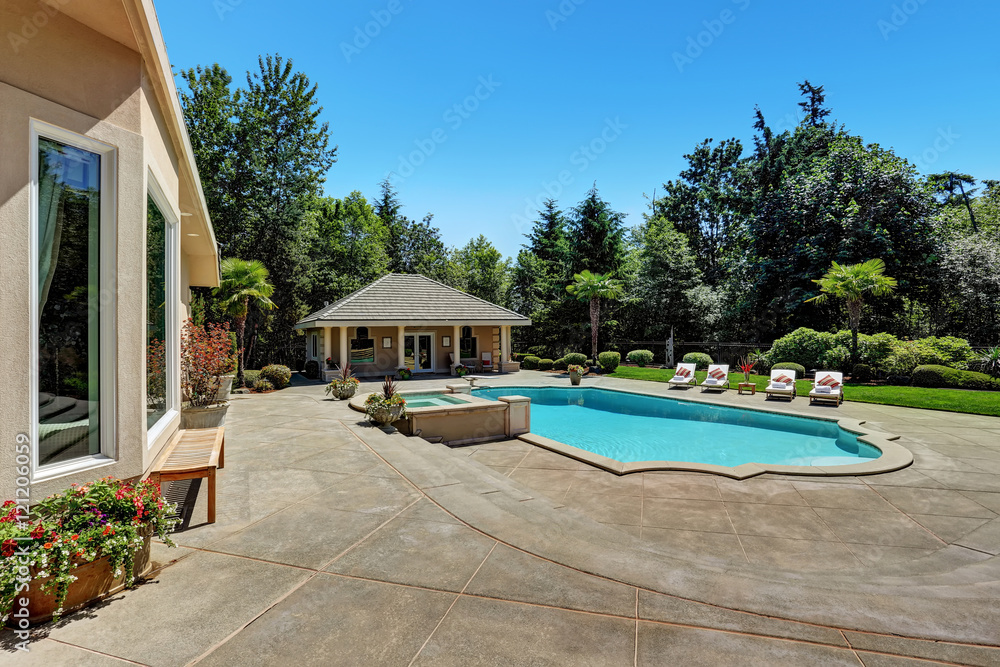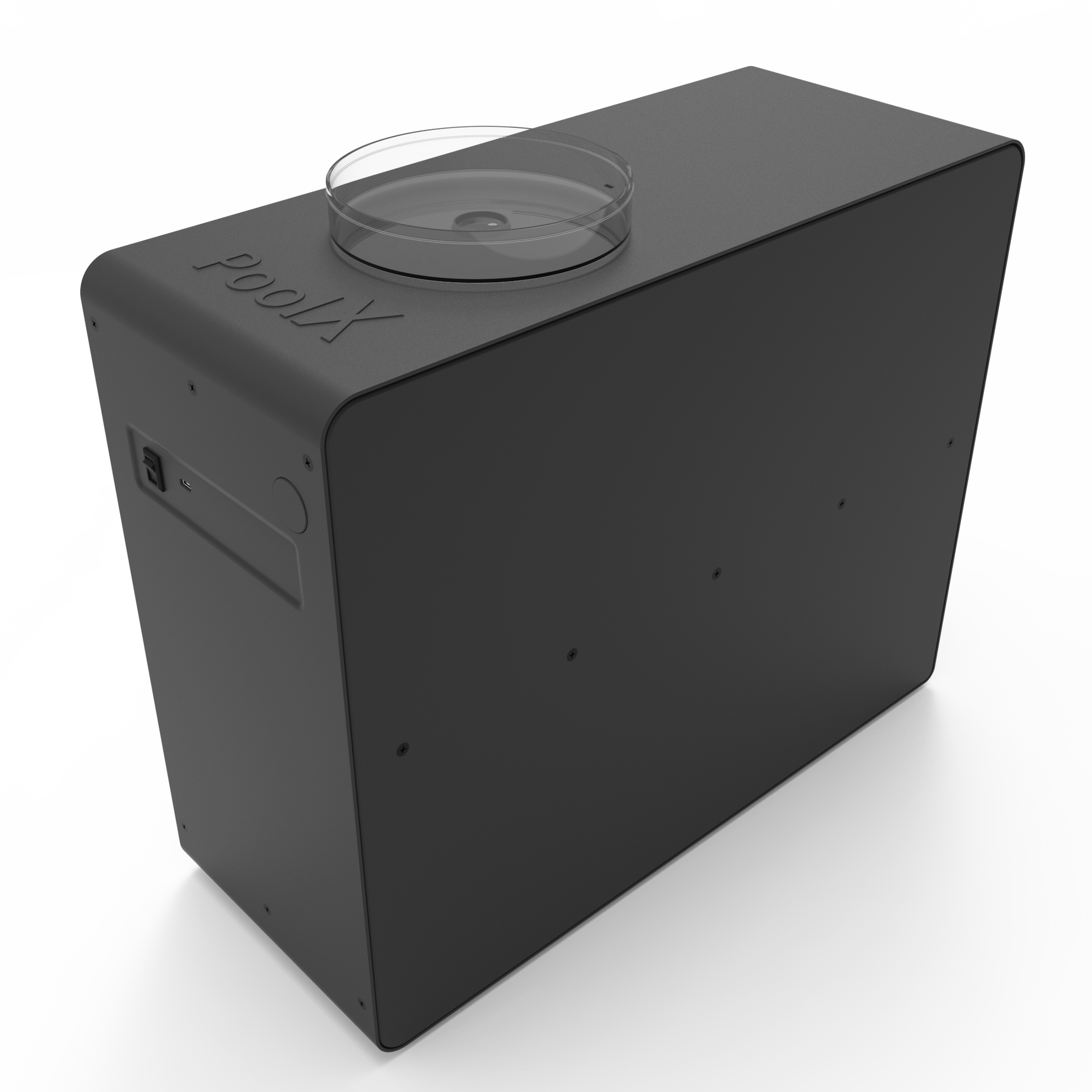Maintaining a pool can be a rewarding experience but it requires some knowledge and effort. One crucial aspect of pool maintenance is using the correct amount of shock treatment. Chlorine shock is essential to keep the water safe and clean. But how much shock for a 1000 gallon pool should you use?
In this article, we’ll dive deep into the details of shock treatment for small pools. With clear guidance, you’ll be delighted to manage your 1000-gallon pool effortlessly.

Understanding Pool Shock
Pool shock is a concentrated chemical treatment, often chlorine or non-chlorine-based, that helps to eliminate contaminants, bacteria, and algae from your pool water. It gives the water a boost when regular chlorination isn’t enough.
Types of Pool Shock
- Calcium Hypochlorite (Cal-Hypo): A common and very effective chlorine-based shock.
- Sodium Di-chlor: A less potent but stabilized chlorine shock.
- Potassium Peroxymonosulfate (Non-Chlorine Shock): An oxidizer that doesn’t add chlorine but helps in breaking down organic matter.

Importance of Shocking Your Pool
Shocking your pool is essential for several reasons:
- Eliminates Contaminants: Shocking helps to remove bacteria, algae, and other harmful organisms.
- Clears Cloudy Water: It restores water clarity by oxidizing unwanted particles.
- Maintains Balanced Water Chemistry: Regular shocking ensures that the chemical balance of your pool is maintained.

How to Determine the Right Amount of Shock
To determine how much shock for a 1000 gallon pool you need, follow these steps:
- Measure Your Pool: Ensure you have an accurate measurement of your pool’s volume.
- Read the Label: Different brands of pool shock have different concentrations. Always read the label for specific instructions.
- Calculate the Dosage: Generally, one pound of Cal-Hypo is sufficient for 10,000 gallons. Thus, for a 1000-gallon pool, you’d need about 0.1 pounds (1.6 ounces).
Steps to Shock a 1000 Gallon Pool
Here’s a step-by-step guide to shock your pool:
- Test the Water: Use a pool test kit to measure the current chemical levels.
- Mix the Shock: In a large bucket, dissolve the measured amount of shock in water.
- Add to Pool: Pour the solution evenly around the pool’s edges.
- Run the Pump: Circulate the water for at least 6 hours to mix the treatment thoroughly.
- Retest the Water: After 6 hours, test the water again to ensure proper chemical balance.
Common Mistakes to Avoid
Avoid these common mistakes when shocking your pool:
- Improper Measurement: Always measure the shock correctly to avoid over or under-treating.
- Shocking During the Day: Always shock your pool in the evening to prevent UV degradation.
- Underestimating Pump Time: Ensure your pool pump runs for the recommended time to distribute the chemicals evenly.
Safety Precautions
When handling pool shock, follow these safety precautions:
- Wear Protective Gear: Use gloves and goggles to protect your skin and eyes.
- Store Properly: Keep shock chemicals in a cool, dry place away from children and pets.
- Follow Instructions: Always follow the manufacturer’s instructions.
Pool needs can sometimes extend beyond just adding shock. For example, understanding how to clean a pool or the value a pool adds to your home can be paramount to maintaining your investment.
FAQ Section
1. Can you over shock a pool?
Yes, over-shocking a pool can lead to high chlorine levels, making the pool unsafe for swimming.
2. How often should you shock a 1000-gallon pool?
It’s recommended to shock small pools once a week, or more often if the pool is heavily used.
3. Can you swim immediately after shocking a pool?
No, it’s advisable to wait at least 24 hours after shocking before swimming.
For more detailed insights into maintaining and upgrading your pool, you can visit pool design or learn about improving the quality of life through home repairs at home repairs or discus Gasoline Generator to keep your pool pump running during blackouts.
As an Amazon Associate, I earn from qualifying purchases.
As an Amazon Associate, I earn from qualifying purchases.

